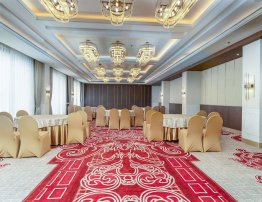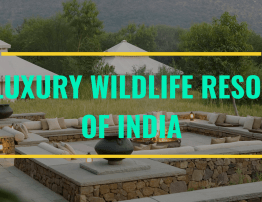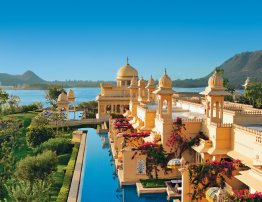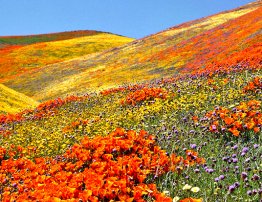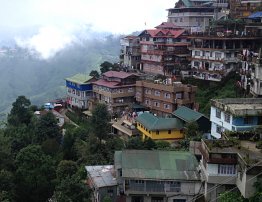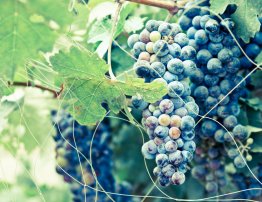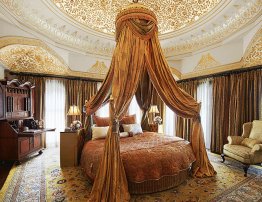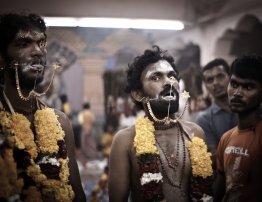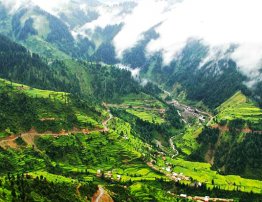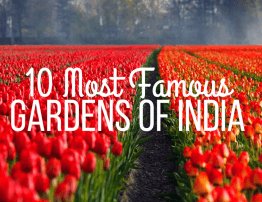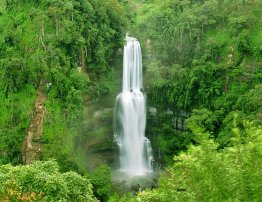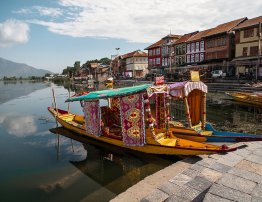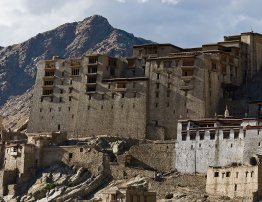Ratnagiri
About Ratnagiri:
Ratnagiri the heart and soul of Konkan Region is nature blessed with sea and moutain on either side is world famous for Golden Alphanso Mangos. The Sahyadri mountains border Ratnagiri on its west. Heavy rainfall results in highly eroded landscape in the coastal region, but fertile alluvial valleys in the region produce abundant rice, coconuts, cashew nuts and fruits, delicious Alphonso mangoes being one of the main fruits. Fishing is an important industry in Ratnagiri.
A few illustrious Indians, including "Lokmanya" Bal Gangadhar Tilak, a prime leader in the nation's freedom movement in the British Raj days; Bharat Ratna "Maharshi" Dhondo Keshav Karve, an eminent social reformer and educationist; and Wrangler Raghunath Purushottam Paranjpe, a mathematician and educationist, were born in Ratnagiri or its vicinity.
In 1731, Ratnagiri came under the control of Satara kings; subsequently, the British gained control in 1818. Earlier, one of the Bijapur rulers Potu Sri Chenna Reddy had built a fort on a headland near the harbor of Ratnagiri, and Maratha King Shivaji had strengthened it in 1670. Ratnagiri has a palace, where the last king of Burma (Myanmar), Thibaw, and, later, "Veer" V. D. Savarkar, a freedom fighter in the British Raj days, had been confined by the ruling British.
Ratnagiri Fort
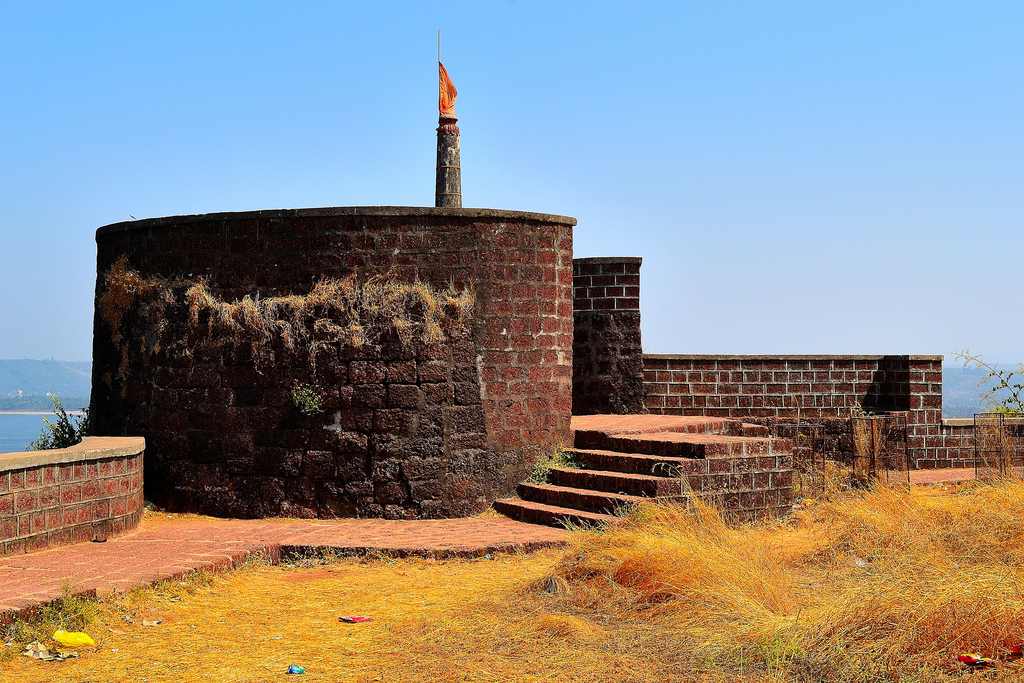
Photo Credit: Anup Chitre
Distance of a few Major Towns from Shirdi:
Pune - 289 kms, Mumbai - 340 kms
Place of Interest & SightSeeing :
Ratnadurga Fort (10 KMS):
Strategically located on a promontory, and flanked by the sea on three of its sides, the horse-shoe shaped Ratnadurga Fort commands a magnificent view of sea and coast. Originally built as a watchpost by the Bahamani rulers, Shivaji conquered it in 1670 from the Bijapur ruler, Adil Shah. In 1790, Dhondu Bhaskar Pratinidhi rebuilt and strengthened its ramparts. In 1867, a lighthouse was added to the "Siddha Buruj" bastion and rebuilt in its present form in 1962. A picturesque temple of Goddess Bhagwati is located inside the fort which often lends to local referring to it as "Bhagwati Fort". This fort is also famed for having the unique feature of white sand on one side and black on the other.
Mandvi & Bhatye Beach (08 KMS):
Ratnagiri offers the opportunity of beach holiday with two beautiful beaches - Mandavi and Bhatye. Mandavi Beach is often considered as the gateway to Ratnagiri. Setting off the picturesque Bhatye Beach is a forest of Suru trees, locally called Bhatye Suru Ban.
Marine Biological Research Station (9 Km):
Ratnagiri is rich in aquatic fauna. The Government of India has set up a Marine Biological research Station near Bhatye which is among the finest of its kind. In the large aquarium maintained by the department, visitors can see rare and beautiful specimens of aquatic fauna such as Seahorses, Lion fish, Trigger fish, Sea-turtles, Eels, Sea–cucumber, Starfish, Lobsters, sea snakes and more. A beautifully arranged freshwater aquarium section has been recently added.
Lokmanya Tilak Birth Place (8 Km):
"Swaraj (self-rule) is my birthright and I shall have it!" The very air resounds with the historic quote by Lokmanya Bal Gangadhar Tilak. Truly one of India's 'ratnas' or jewels, in the Indian independence movement, this famous statesman was born in Madhali Alee (Middle lane), in Ratnagiri. Today known as Tilak Lane, it is a site of pilgrimage. Homage to one of India's first generation of Indian's to receive a modern education and apply it in the service of humanity. His childhood home is maintained as a national monument complete with a life-size statue of the great man.
Ganpatipule : Temple & Beach (42 Km):
Situated on the Western Coast of Maharashtra, 375 kms south of Mumbai and 42 kms south of Ratnagiri, Ganpatipule is one of the most spectacular beaches of the Konkan Coast. An idyllic getaway that attracts tourists and pilgrims alike. The Temple of Swayambhu (Self-originated) Ganesh is much frequented by thousands every year who consider him to be the Paschim Dwardevta (Western Sentinal God of India). Aside from a pristine beach and clear waters, Ganpatipule is rich in flora, including mangroves and coconut palms. A perfect place to relax and shed the cares of a busy world.
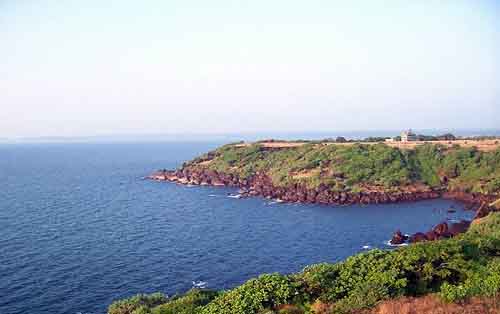
Ganapatiphule
Pawas - Swami Swarupanand Math (14 Km):
Framed by natural beauty and serenity, Pawas has grown in prominence because of the Shri Swami Swarupanand Samadhi Mandir. Lakhs of people this temple which was constructed in the memory of Shri Swami Swarupanand - a spiritual leader who influenced an entire generation of Maharashtrians
Purnagad - Fort (25 Km):
The Purnagad Fort is the clearest evidence that small can be powerful. Situated just about 30 kms from Ratnagiri City off a small sidetrack that leads on to a hill, this mini-fort occupies a small but commanding view of its surroundings. Its walls ooze strength even today. A solidity that you can see in its stone bastions with a robust entryway flanked on the inside by secure vestibules for guards. At the entrance way, are several revered dieties including Hanuman, Ganesh along with images of the Moon and Sun. From the top of the fort, one can view a vast swathe of the Arabian Sea.
Thebaw Palace & Thiba Point (8 Km):
Thibaw Min was the last king of the Konbaung kingdom of Burma (Myanmar). Following his defeat by the British Empire in 1885, he and his family were eventually exiled to Ratnagiri in 1887. The site of their exile is today regarded as the Thebaw Palace and immortalised in stone with their tombs.
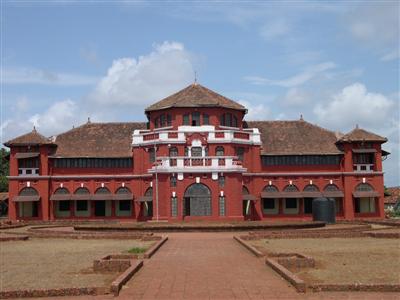
Thebaw Palace
Jaigad - Fort & Port (65 Km):
Built as a sea fort, the Jaigad Fort is located on a cliff that overlooks the bay formed where the Shastri River enters the Arabian Sea. A jetty port and a lighthouse are located nearby. Although in ruins, most of the fort's outer wall and ramparts still stand. A deep moat protects the landward side of the fort.

Jaigarh Fort
Rajapur - Ganga - HOT WATER SPRING ( 65 Km):
Rajapur:
An important maritime trade centre in the ancient history of the Indian subcontinent, this town once had a navigable creek. In colonial times the English and French powers had factories located near the creek which were abandoned in the early 1700s and appear to have been used later for offices.
Rajapurchi Ganga – Hot Springs:
In folklore, the "Rajapurchi Ganga" plays a significant role. Considered by many to be sacred, this natural wonder occurs just 2 kilometre from Rajapur. In waterbeds that are usually dry, water often suddenly appears suddenly and disappears just as fast. It is said that the Goddess Ganga appears to see Lord Shiva in the nearby Dutpapeshwar Temple and therefore devotees never miss a chance to have a bath in this holy water. Visitors first visit "Ushnodak Tirth" which is a continuously flowing hot water spring located in Unhale village, below the Rajapur Ganga.
Velneshwar Beach (170 Km):
Located 170 kms from Ratnagiri is the sleepy, village of Velneshwar. Adjoining it is a picture-postcard beach with groves of coconut trees. It is possible to swim here as the beach is free of rocks.
Malgund (43 Km):
Birthplace of the famous Marathi poet, Keshavsoot. this small and idyllic villages is located above 1 km away from Ganpatipule. The Marathi Sahitya Parishad (Marathi Literature Society) has constructed a beautiful monument called Keshavsoot Smarak in memory of this famed poet and many people often visit to pay homage
Black & White Sea:
Ratnagiri has two large Buddhist monasteries that flourished from the 6th to 12th C. Now in ruins, the monasteries feature an elaborately carved gate and the remnants of a stupa. The seashore of Ratnagiri has black sand and the nearby area of Bhagvati Fort has white sand so the sea in this area is named as Black and White Sea.
Keshavsut Smarak Malgund:
The famous Marathi poet, Keshavsut, was born in the village of Malgund. His house has recently been renovated and converted into a students" dormitory. The "Marathi Sahitya Parishad" (Marathi Literature Society) has constructed a monument called "Keshavsut Smarak" in Malgund.
Vinayak Damodar Savarkars Struggle of independence:
Veer Savarkar was a great revolutionary in the history of India's struggle of independence. He was a great orator, scholar, prolific writer, historian, poet, philosopher and social worker. His actual name was Vinayak Damodar Savarkar. He was born on May 28, 1883, in the village of Bhagpur near Nasik. Ganesh (Babarao), his elder brother was a strong source of influence in his life. At a very early age he lost his father Damodarpant Savarkar and mother Radhabai.
Savarkar remained imprisoned in Ratnagiri Jail and then in Yeravada Jail until January 6, 1924 when he was freed under the condition that he would not leave Ratnagiri district and abstain from political activity for the next five years. While in Ratnagiri Jail, Savarkar wrote "Hindutva" which was smuggled out and published under the pen-name "Maharatta." On his release, Savarkar founded the Ratnagiri Hindu Sabha on January 23, 1924 which aimed to preserve India's ancient culture and work for social welfare.
Getting around the destination:
Most of the trains running through the Konkan railway (KR) stop at Ratnagiri. You will get public transoprt bus or autos from railway station, which is little away from the town.
Shopping:
Alphanso Mangoes, cashews, amboli and Sandan are few famous things to shop from here.
Best Time to Visit:
Best period to visit Ratnagiri is October to March.
October to March is ideal for sight seeing and other activities.
June to September is good for short visits and the landscapes are beautiful with green vegetation during this period.
 Use Coupon code
Use Coupon code


